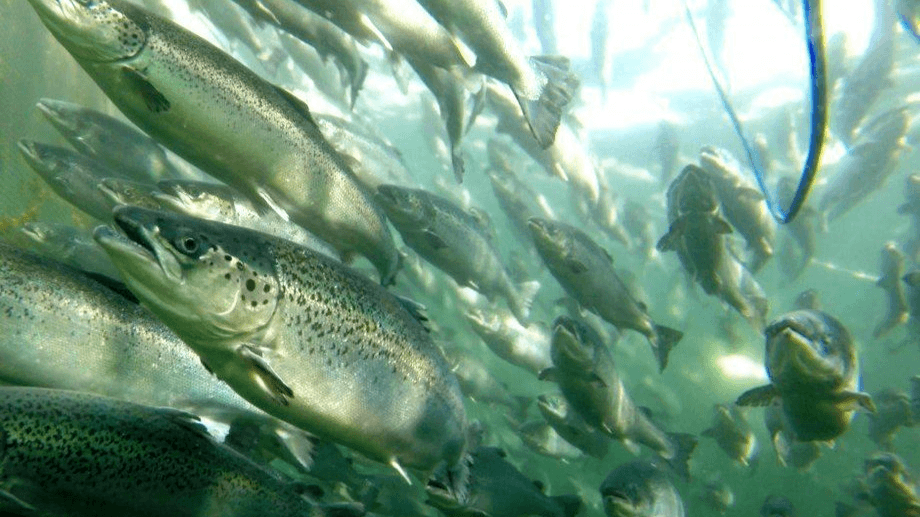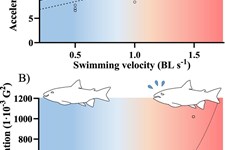News

Heart Rate, Acceleration and Blood Sampling Used to Evaluate Stress and Welfare in Aquaculture
Researchers from various institutions in Gothenburg, Sweden, and Trondheim, Norway, recently published a paper in the journal Aquaculture detailing their study, in which 13 Atlantic salmon (Salmo salar) were equipped with Star-Oddi heart rate and activity bio-loggers, DST milli-HRT ACT. Additionally, intravascular catheters were inserted to enable sequential blood sampling from the sinus venosus during the experiment.
Measuring metabolic rate in swim tunnels
The experimental protocol involved measuring the fish during surgical recovery in either a Blazka or Brett Type swim tunnel respirometer. Subsequently, the fish were swum at three different speeds: 0.5, 1, and 1.5 body lengths per second (BL/s). Finally, the fish underwent a stress protocol before euthanasia.
Close Correlation between Acceleration and TBF
Key findings revealed that acceleration serves as a reliable proxy for swimming activity and exhibits a strong correlation with tail beat frequency (TBF). The variation in acceleration significantly accounted for differences in venous partial pressure of oxygen, blood lactate, plasma concentration, as well as pH and mean corpuscular haemoglobin concentration.
Variation in Acceleration as a Swimming Indicator
The study also affirmed earlier research, highlighting that the variance in acceleration is a robust indicator of burst-swimming activity, influencing acid-base imbalance and the release of catecholamines. In conclusion, the authors emphasized that heart rate, acceleration, and variance in acceleration can be employed as predictors of metabolic rate.
The paper titled Under the sea: How can we use heart rate and accelerometers to remotely assess fish welfare in salmon aquaculture can be accessed here
